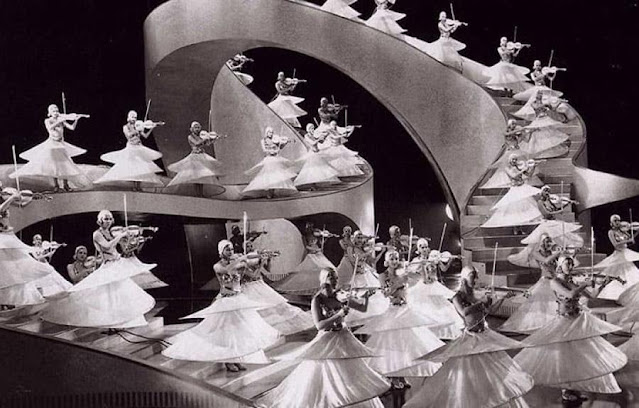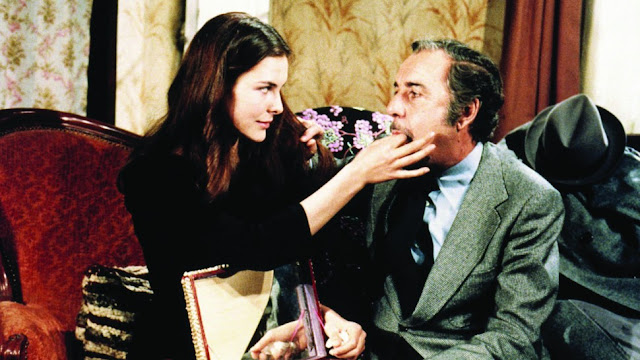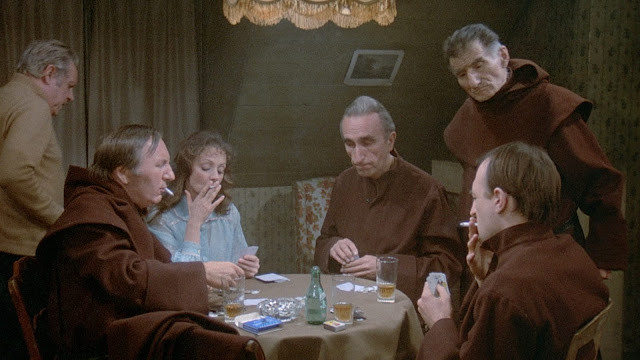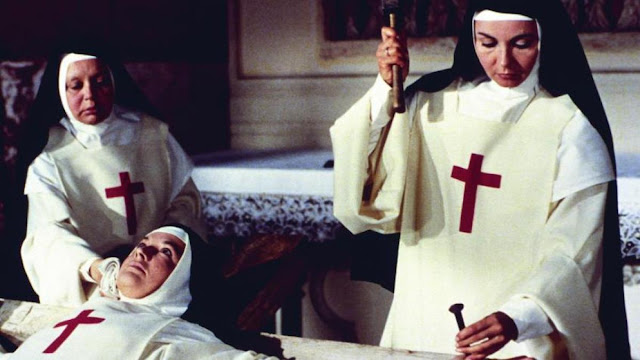Gold Diggers of 1933 (1933)

Mervyn LeRoy's "Gold Diggers of 1933" Of all the early 1930s musicals that were made for Depression-era audiences, " Gold Diggers of 1933 " probably has to be the most esteemed. The film was a mega-success for Warner Brothers and made a profit of $1,602,503. The success was so massive, they made sequels in " Gold Diggers of 1935 " and " Gold Diggers of 1937 ." I found the musical to be a worthy watch, particularly for a commercial venture. The plot of the film is rather uninteresting: four aspiring actresses and an aspiring songwriter attempt to construct a musical by manipulating the songwriter's rich brother to finance the show. The notion of 'constructing the musical' was a very often used story structure for early 1930s musicals, of which I've seen before in 1929's first sound musical, " The Broadway Melody ." However, what distinguishes " Gold Diggers of 1933 " from other like-minded musicals of









